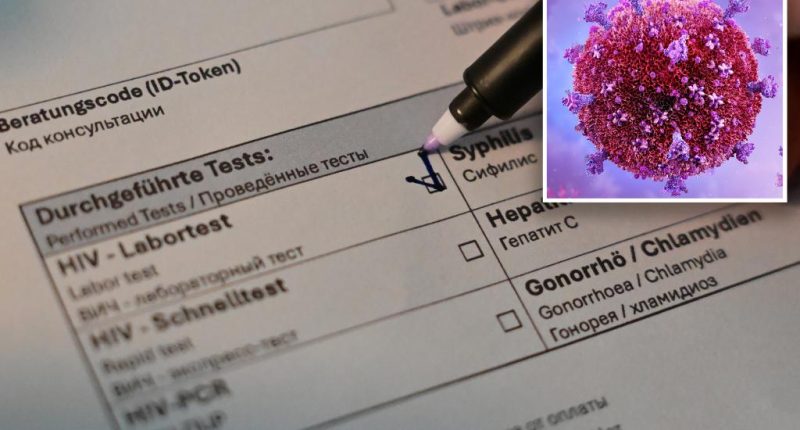Share this @internewscast.com
Approximately 39 million individuals globally are living with HIV. Although there are treatment options available that allow them to lead long and healthy lives, a cure has yet to be discovered.
Antiretroviral therapy (ART) — the most effective current treatment — can reduce HIV levels in the body so low the virus is almost undetectable.

However, the fact that the virus can hide in certain white blood cells has been a major hurdle in fully eradicating it.
Now, researchers in Australia have developed a novel lipid nanoparticle, dubbed LNP X, capable of delivering mRNA into these elusive cells.
When the mRNA enters the cells, it directs them to expose the hidden virus. This could enable the immune system or other therapies to identify and eliminate it.
According to Paula Cevaal, a research fellow at the Doherty Institute and co-lead author of the study, this extraordinary scientific achievement was once considered “impossible.”
“In the field of biomedicine, many things eventually don’t make it into the clinic — that is the unfortunate truth; I don’t want to paint a prettier picture than what is the reality,” Cevaal said.

“But in terms of specifically the field of HIV cure, we have never seen anything close to as good as what we are seeing, in terms of how well we are able to reveal this virus,” Cevaal added.
“So from that point of view, we’re very hopeful that we are also able to see this type of response in an animal, and that we could eventually do this in humans.”
The results were published last week in the journal Nature Communications.
While it could take years to get to human clinical trials — the implications are enormous.
The findings add to the latest scientific advancements that suggest a cure for HIV could be on the horizon.
Last year, researchers in Amsterdam used gene-editing technology to eliminate all traces of the virus from cells in the laboratory.
And last July, a 60-year-old German man was declared HIV-free, making him the seventh person to be cured.

















